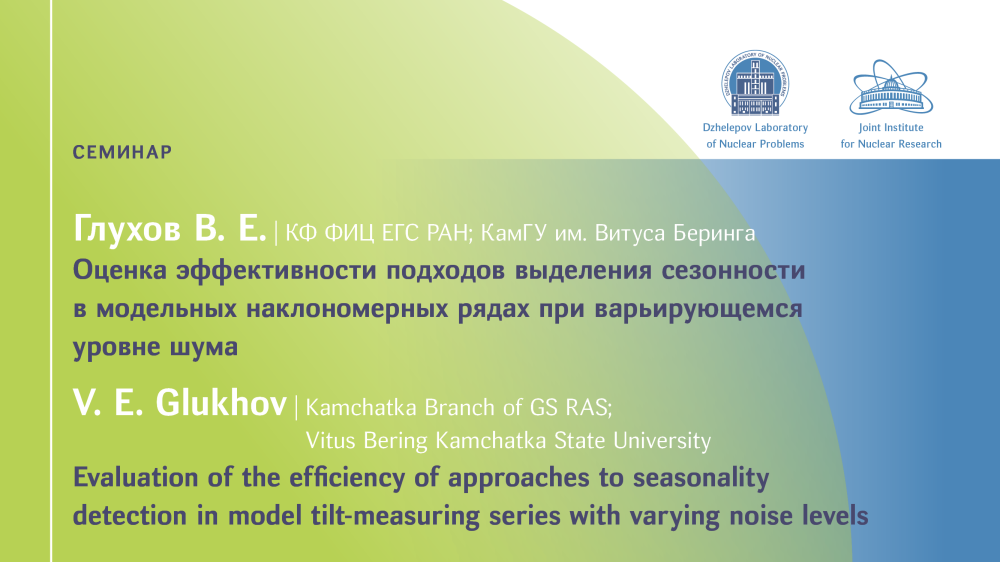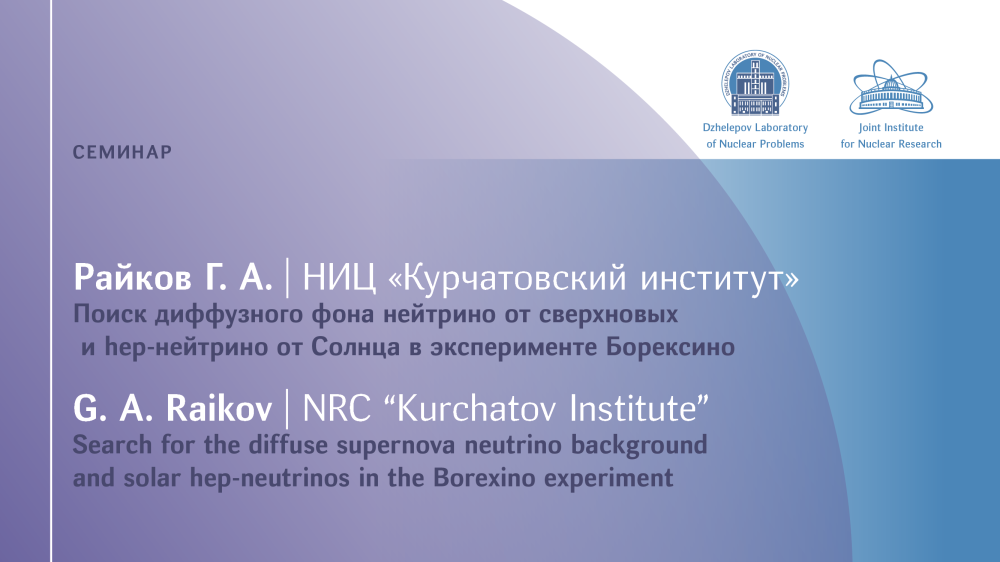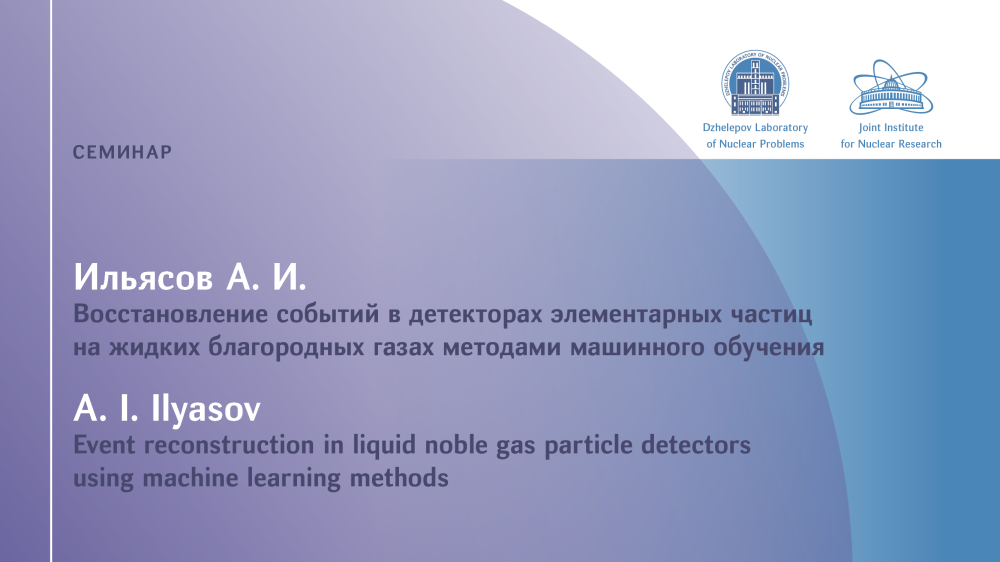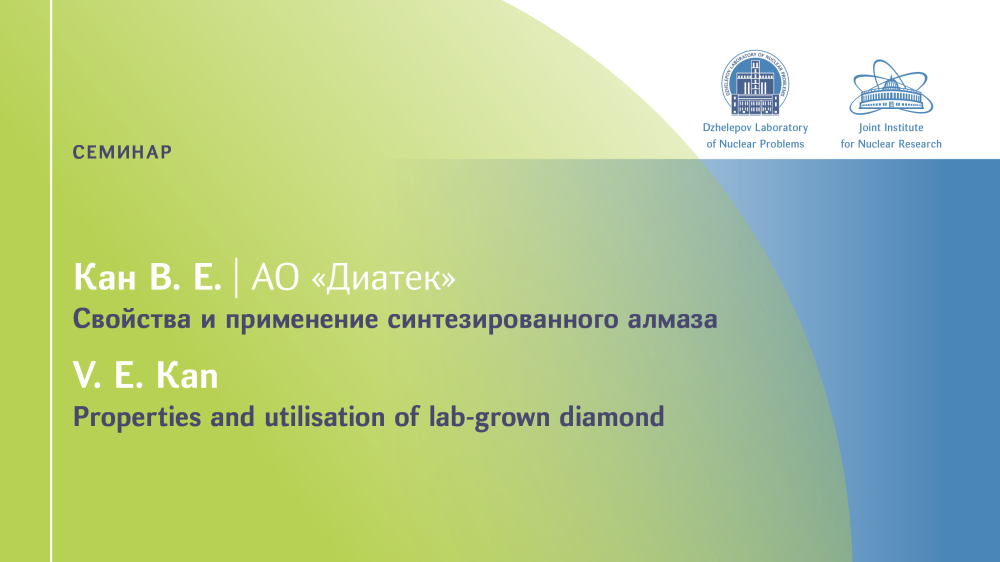Georgy Aleksandrovich Shelkov "New Semiconductor Detectors for Fundamental and Applied Research"
Semiconductor detectors have long established themselves as recording elements that allow the creation of calorimetric and coordinate subsystems of physical installations with good speed, high spatial and energy resolution. The development of semiconductor detectors is largely determined by technological advances in industry. For the needs of high-energy physics, almost no semiconductor crystals are grown independently in laboratories, as well as no reading ASICs are produced, etc., since all this equipment can much simpler, cheaper, and better be manufactured at electronics factories. In most centers of high-energy physics, the main emphasis has been shifted from production to formulation of requirements for detectors, design and sometimes assembly of prototypes or small-scale samples from industrially manufactured elements. For the development cycle of new semiconductor detectors, studying their specific characteristics is of great importance, which also can provide feedback to manufacturers of sensitive elements.







